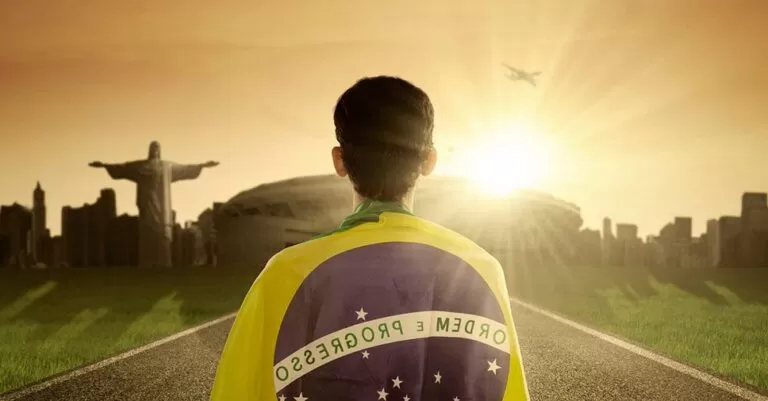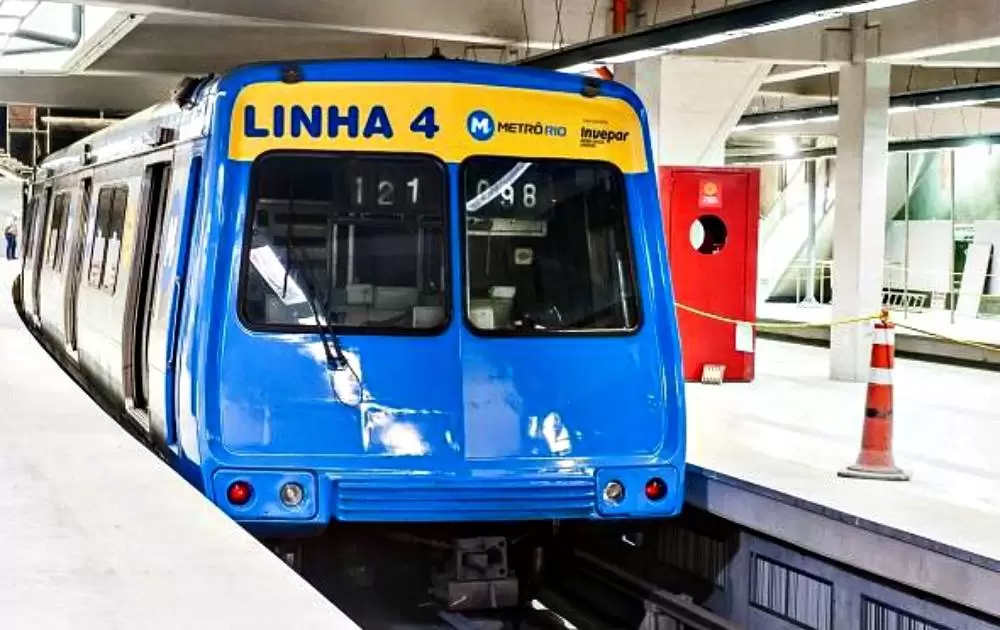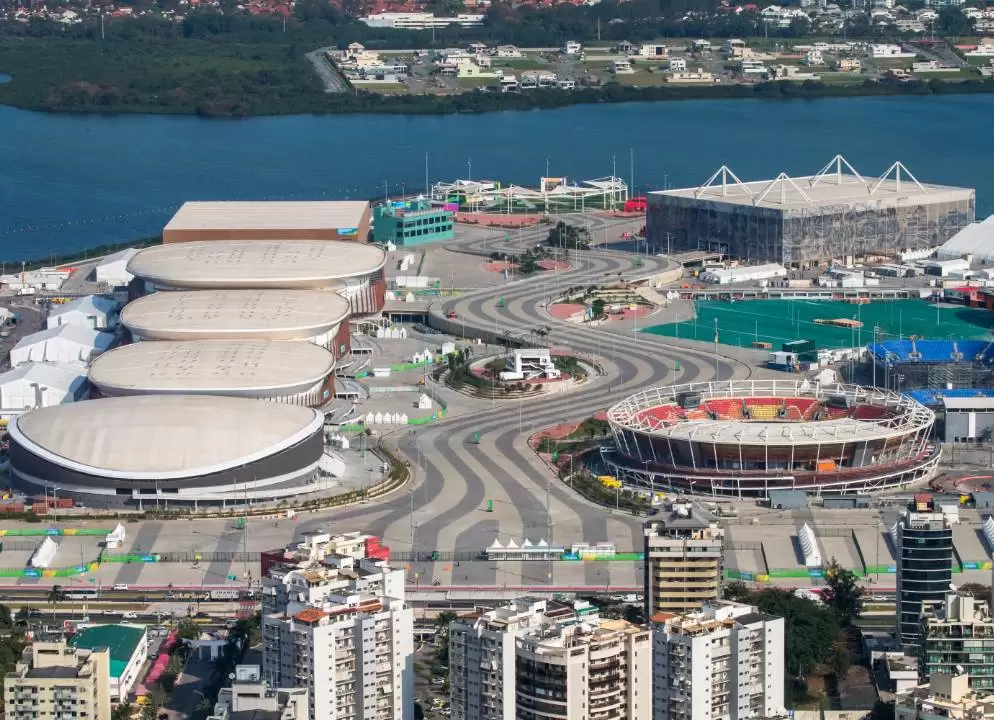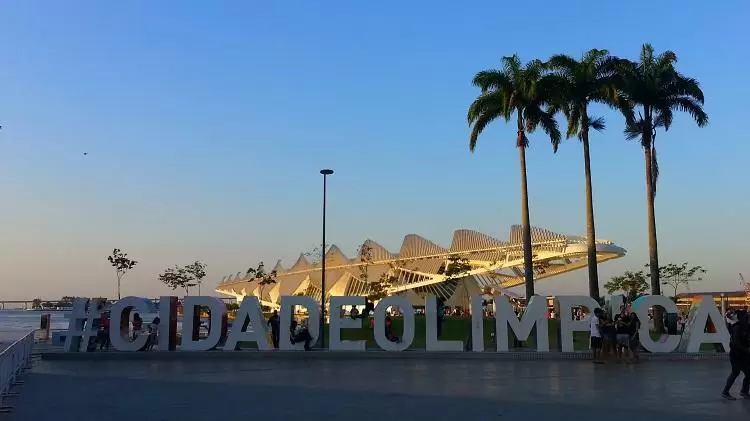What the Olympics have left for Rio

Have you ever stopped to think about what the Olympics have left for Rio? There were countless changes, news and constructions (many constructions) that, now that everything is over, have left a different air here. Of all the cost that the Olympic events represented for the city, about R$ 24.6 billion were destined to constructions and reforms that became inheritance for the cariocas.
In practice, all these billions represent the great legacy that the Olympics have left for Rio – which was no small thing. From new lines of BRT and Subway to a new space of leisure, the locals are quite satisfied with everything they have gained after the event which, by the way, has also conquered almost the entire world.
So that you stay up to date with everything and do not miss any of these true Olympic gifts, Rede Rio Hotels listed the main points of change divided between mobility, sports legacy and Porto Maravilha. Check out the main items that the Olympics have left for Rio:
Benefits that the Olympics have left for Rio
Mobility
Urban mobility in Rio de Janeiro has undergone drastic changes for the Olympics. Although the traffic has been greatly damaged during the constructions, the final result is quite satisfactory and will facilitate the locomotion of those who need to move around the city.
The VLT (Light Rail Vehicle) is a new collective transportation that connects the Port Region to the main points of the city center and Santos Dumont Airport. There are 28 km of rails and 31 stations that allow passengers to integrate with trains, subways, buses and boats. The capacity of each VLT is 420 passengers. If you are staying at a Rio de Janeiro downtown hotel, you can count on the VLT to visit the main tourist attractions in the central area of Rio.
Line 4 of the subway was one of the most expensive constructions that the Olympics have left for Rio, but also one of the most expected. The new subway line connects Barra da Tijuca to the Ipanema neighborhood and promises to reduce the intense traffic of the Lagoa Barra and Niemeyer Av. The line is 16km long and is expected to carry more than 300,000 people a day.
BRT also won a new line, the Trans-Olympic. With 26 km of extension and 17 stations, it connects Barra da Tijuca to Deodoro and reduces the travel time by approximately 54% in relation to the same displacement done by car.
Sports Legacy
During the Olympics, several stadiums and arenas were built and will be very well used now that everything is over. The Aquatic Stadium, located in the Olympic Park, is designed to become two training centers with Olympic pools.
The Arena of the Future, also in the Olympic Park of Barra da Tijuca, was built as a temporary installation, called “nomadic architecture”. Now, after the Games are over, it will be dismantled and transformed into four municipal schools, each of which will receive 500 students. Two of them will be in Barra da Tijuca itself, one will be built in Jacarepaguá and the last one in São Cristóvão.
The Arenas Cariocas 1 and 2 will be training spaces for high performance athletes, such as boxing, judo, fencing, rhythmic gymnastics and trampoline gymnastics; Besides having a medical area, gym, auditorium and a changing room. In the Arena Carioca 3, a sports school will be created, with a capacity for 1,000 students at full time. The space will include classrooms, kitchen, cafeteria, dressing rooms and spaces for sports training of ten Olympic and Paralympic modalities.
The Deodoro Sports Complex is another example of the benefits that the Olympics have left for Rio. It will be almost entirely maintained as a place of sports practice. The slalom canoeing circuit and the BMX track, for example, will be part of the Radical Park, being the second largest in the city, after the Flamengo Park, in the Aterro.
Porto Maravilha
Porto Maravilha is one of the legacies that the Olympics have left for Rio. The area of 5 million m² underwent a major renovation and won several attractions, among them the Tomorrow Museum and the Rio Art Museum (MAR). During the Olympics, the revitalized Port Zone received shows and screens that broadcast the games live, as well as art pieces and special attractions. This space, known during the event as the Olympic Boulevard, was visited by locals and tourists, who guard the place with affection even after the end.
If you come to visit the city and want to know everything that the Olympics have left for Rio, nothing better than staying in a hotel in Rio very close to where everything happens, isn’t it? Rede Rio Hotels has hotels in downtown rio de janeiro and hotel lapa rio de janeiro, which gives you easy access to all the legacy that the Olympics have left for Rio. Contact us and also get to know our Arosa, highlight among the Hotels in lapa rio de janeiro!




